When buying land for cattle production, there are some unique characteristics to consider before signing a contract. These characteristics include: stocking rate, forage quality and type, soil type and fertility, terrain and slope of the land, water sources in each pasture, number of pastures and traps, working pen availability and condition, fence condition and type, and other infrastructure (overhead bins, interior roads, etc.) availability and condition.
EVERY PROPERTY IS DIFFERENT
Many times a potential buyer is told that a ranch in a given area will run “X” amount of cattle. For example, “ranches in this county can run a cow to 15 acres.” These figures are rules of thumb that are normally rooted in some truth but are hardly ever accurate, especially for a specific property. Not every ranch is created equal. Ranches in the same area can have varying forage production potentials based simply on the soil types that are present.
SOIL TYPES
Soil types can vary widely, not only across counties but also across ranches. Each soil type has different forage production potential. A loamy, bottomland soil will have the potential to produce more grass than a shallow soil found along ridges or hilltops. Knowing what and how much of each soil types are on the ranch will allow you to understand the forage production capability of the land you’re investigating. Land that has the capability of producing less forage for cattle consumption than other properties in the same general area could be less valuable to a livestock producer because of the reduced animal number it will support relative to properties of comparable size.
The Web Soil Survey website, maintained by the U.S. Department of Agriculture Natural Resources Conservation Service (NRCS), is a great tool to determine what soil types are on any given piece of land. This tool allows you to map out the property and run reports on what soil types are present, in what amounts, and the forage production capability for each soil type. There is also ratings on the building suitability for home and barn sites, crop production, and pond development just to name a few. This tool can be found at websoilsurvey.sc.egov.usda.gov or with a quick internet search for “Web Soil Survey.”
NONGRAZEABLE LAND
Not all of the acres on the property will be grazeable. Roads, energy production sites, steep or rocky terrain, and high densities of brush cover will restrict grazing animal accessibility and/or reduce or eliminate forage production. These areas will have to be accounted for when determining the property value for cattle production because the production realized on other acres or income from other enterprises will need to be utilized to pay for nongrazeable acres.
Studies have shown that cattle use decreases as rock cover increases. Rock cover of 30 percent or more could result in no grazing use from most cattle in a herd. Cattle seem to avoid areas with greater than 10 percent slopes if other options are available. Reduced production from high brush densities can be overcome by implementing brush management practices. These practices are usually relatively expensive, and must be accounted for when considering the cost of operation or purchasing land.
PAST LAND MANAGEMENT
The land health must also be considered. Past management can have a large impact on land health, and large amounts of time and/or money may be needed to overcome misuse by previous managers. A quick soil test on introduced pastures will give you an idea of the soil fertility and what type of nutrient inputs will be needed to meet the management goals you have for the property. Native grass communities could be shifted to less desirable grasses or low production because of past overgrazing. These issues can be corrected with proper management but will need to be thought through when developing a grazing management plan or an analysis of the economic feasibility of purchasing and operating a property.
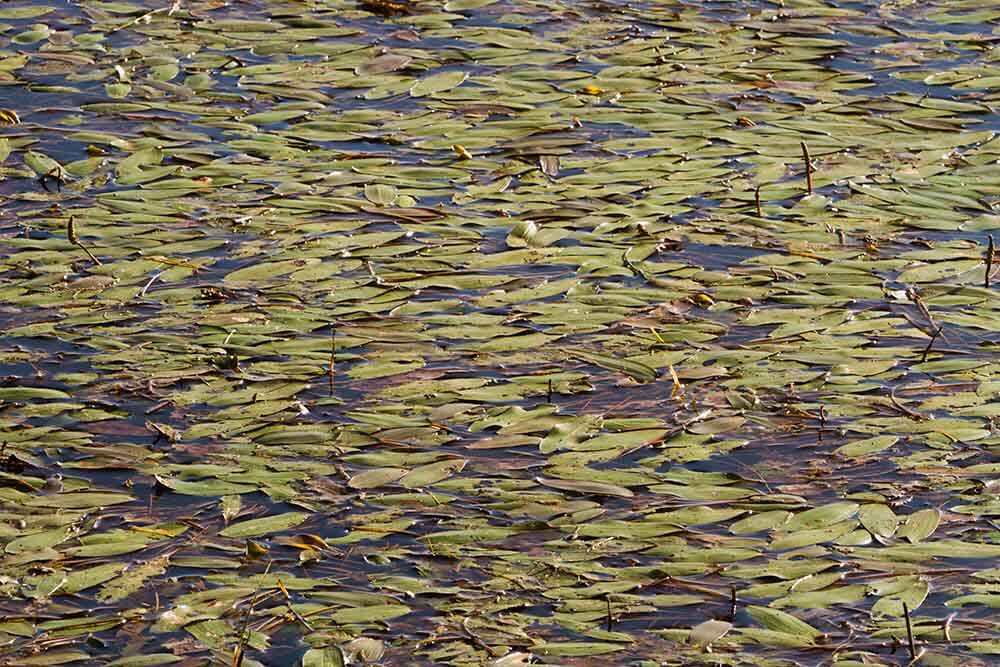
WATER LOCATION AND QUALITY
Water location and quality is essential when evaluating land for cattle production. As a general rule of thumb, cattle prefer not to range more than one-half to three-quarters of a mile from a water source. Therefore, make sure water sources are no farther than 1 mile apart in each pasture. The closer the better, as areas closest to the sources will be more heavily grazed; those furthest away will have little to no grazing activity. Larger and deeper impoundments will typically have better water quality. The larger the water source, the less susceptible it is to drying up in a drought. Well water is usually better quality and a more dependable source, especially during droughts. However, it is prudent to test all water sources to ensure there are no pollutants that could cause an animal to reduce intake or harm. Well water can be high in sulfur and salts that can be detrimental to cattle performance.
INFRASTRUCTURE
What infrastructure will come with the ranch? Is there is an overhead feed bin on-site that could be negotiated in staying after the sale? Overhead feed bins cost $8,000 to $10,000 to purchase, deliver and set up on a ranch. They allow for flexibility in feed types as well as when and from where feed can be procured. Are there quality and large-enough working pens that are strategically placed on the property? Look to see how well the working pens are constructed. Make sure the layout is logical and that cattle will flow calmly and smoothly through the working area. Make sure there is a good, full squeeze chute in the pens, not just a head gate at the end of an alley. Building new working facilities on a ranch is an expensive undertaking, especially if old pens have to be torn out before a new set is built.
Additionally, make sure the ranch has good internal roads. Inclement weather events, especially during the winter and spring months, can make it difficult to get into pastures that are only serviced by dirt roads. If the property has oil field activity, ask who maintains the roads. A good gravel road can make it easy to feed cattle during the rainy season.
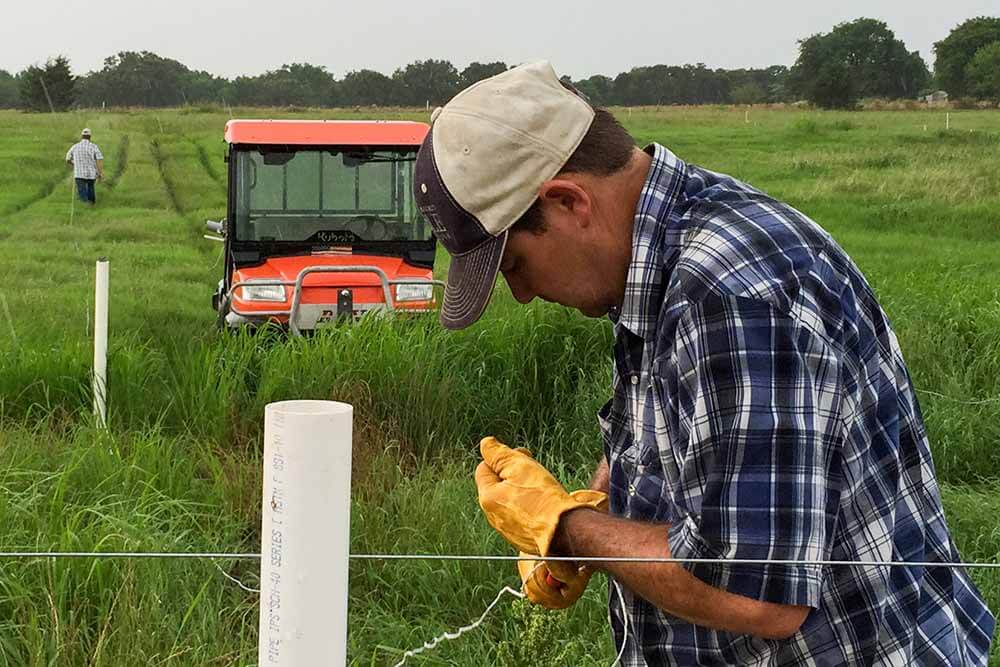
FENCE CONDITIONS
What condition are the fences in and are they in the right places? Fence construction typically costs more than $9,000 per mile if built on flat and clear land. If brush has to be removed or earthmoving has to occur to ensure building ease of an effective fence, costs can increase dramatically. Different forage types need to be fenced from each other to be properly managed. Native grasses should not be in the same pasture as introduced grasses or crop ground. All fences need to be in good enough condition to hold the species you plan on grazing. Field fence with several strands of barbed wire on top is desirable in traps located adjacent to working pens and where weaning will occur. Goats will require field fencing to be most effective in containing them. Bulls will require at least a five-strand barbed wire fence in good condition to keep them apart from the cow herd during the nonbreeding season.
EASEMENTS
Finally, ask if there are easements that could impact property use. Be sure you understand the nature of any and all easements that my impede portions of the land. Pipeline or power transmission line easements will require a certain setback where no building construction can occur. Have there been any easements with private groups that prevent livestock grazing?
This list is not exhaustive and the topics discussed are not intended to be looked at as a make or break on a deal. They are only meant to make you aware of some things to consider when looking at properties. Things such as location, options to purchase other land, goals and objectives, and cost could trump any or all of these. Remember to engage industry experts such as Noble Research Institute consultants, land-grant county extension services or NRCS employees before buying a property to help you make the right decisions. Ask the right questions and take everything into account before deciding to buy. Knowing all this information up front can help you as a potential buyer determine a reasonable value for the ranch.
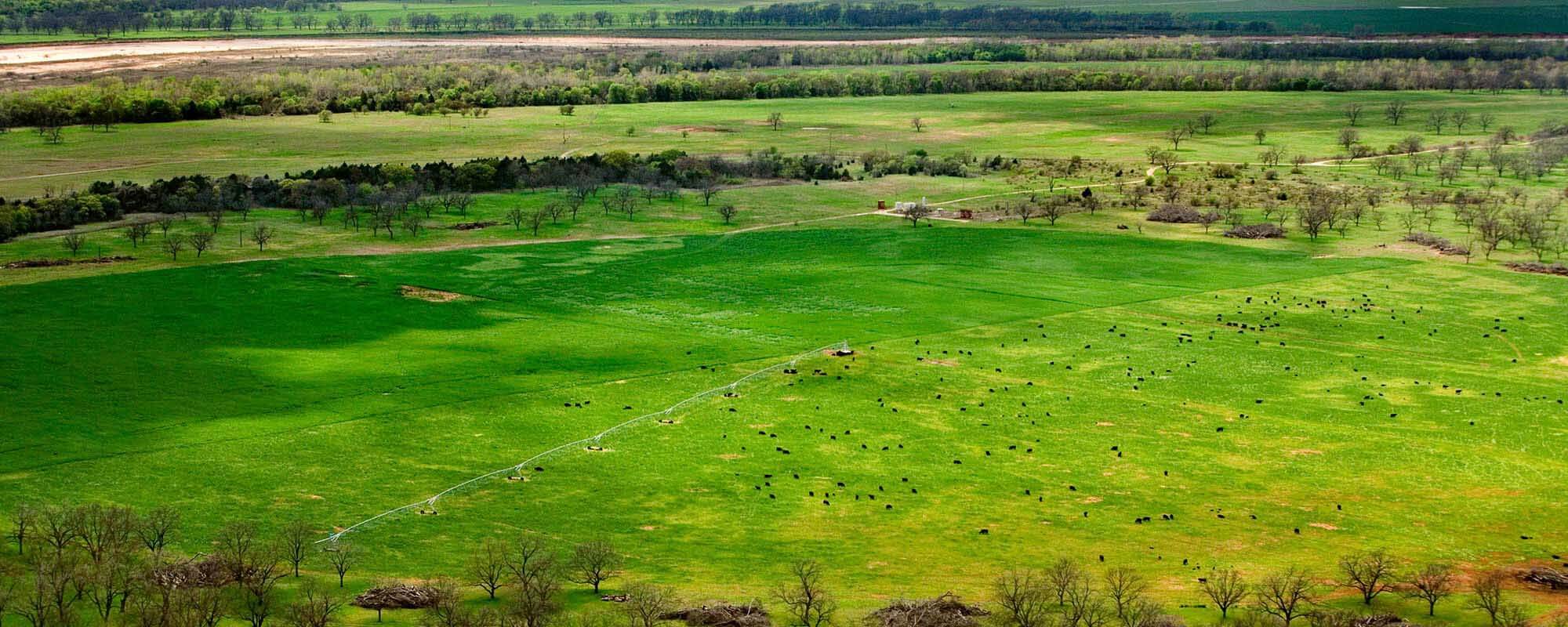
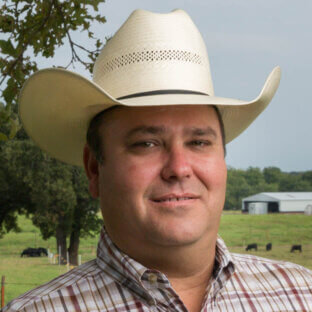
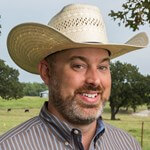
Comments